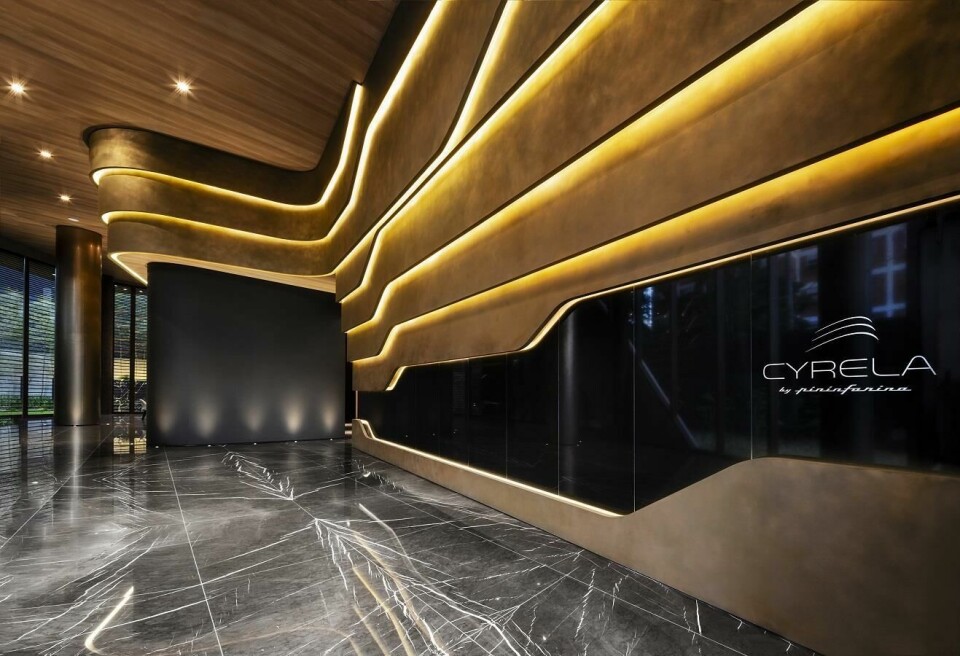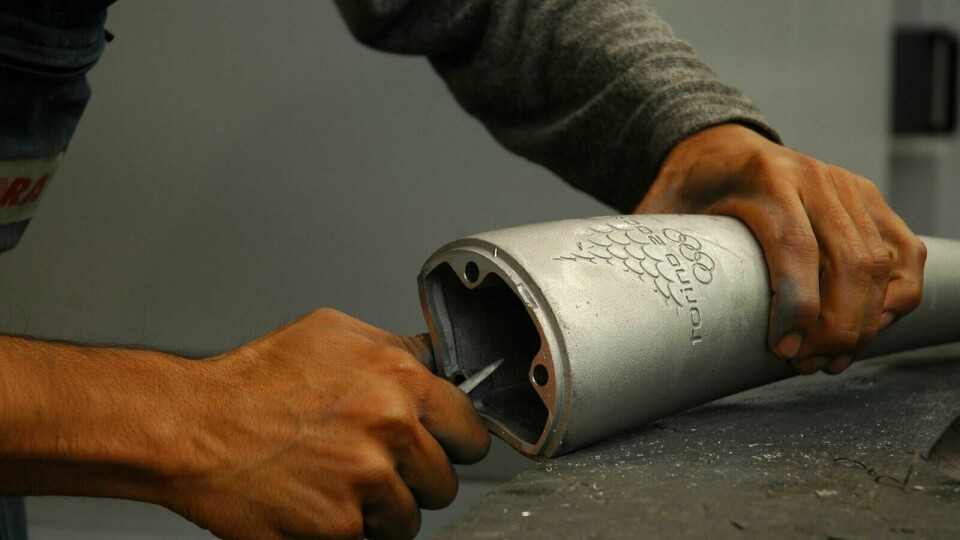
Exclusive Pininfarina of America tour: “We’re not looking to follow trends”
Michael Nash takes a tour of Pininfarina of America’s studio in Miami, examining the crossover between car and architectural design and discussing how to keep design fresh and exciting
A man-made island, in the shape of a perfect triangle, sits in the ocean just south of downtown Miami. Part of the Brickell neighbourhood, the island emanates a sense of calm, and feels as if it has been lifted from a storybook with its well-kept lawns and gardens, its cobbled pavements and pristine buildings.
Inside a large glass structure, a satellite design team is busy working away on numerous projects that span several industries, from mobility to architecture. Pininfarina of America opened this office back in 2016, starting with just a handful of employees and a few promising projects. The team is now 35 members strong and has played a key role in the company’s expansion into different industries and countries.
“Miami was the natural decision for Pininfarina when deciding on the location for a satellite office because we already had some architecture projects in Brazil, along with a couple of other projects in Florida in the industrial design and transportation field,” explains Claudio da Soller, general manager of Pininfarina of America. “It is also the perfect spot to combine and manage the business in South, Central America and North America. So in terms of geographical location, it is a brilliant choice.”
Creating future classics
Scattered around the office on various plinths and stands are a host of different products that have been designed by Pininfarina, ranging from a pair of bright yellow racing boots for professional car drivers to an inkless pen that was made for the International Space Station (ISS) crew before they embarked on their V.I.T.A mission. There is even an Olympic Games torch that da Soller reveals was used at the 2006 event held in Turin, Italy.
A big learning from auto design is understanding the importance of the brand and the ability to enhance it
“Pininfarina is the only design firm with in-house capabilities for cars, mobility, industrial design, product design, nautical design and architecture, all under one roof,” says da Soller. “We have learnt from our long history in the car industry. And of course everything that we create must be beautiful, but we don’t want to only be conceptual designers with nice renders and visuals. The product has to be made and in the market. That’s the most important success factor for us. Design must be beautiful, but what about the engineering, construction and manufacturing costs? We’ve taken this mindset from our experience in the car industry and we apply it to other industries, and that makes us a really special design force.”
Weighing in on the topic of learning from experience in automotive, Paolo Trevisan, VP of design at Pininfarina of America, underlines the importance of understanding the customer and creating an emotional connection. This, he explains, is at the core of many of the cars designed over the course of Pininfarina’s 93 years of existence.

“Our expansion from cars to other means of transportation, product design and architecture happened in a very organic way, and was initiated by specific requests from clients,” he recalls. “The skill of mixing art and engineering, of delivering strong emotions with work on proportions, and of careful attention to detail has characterised our 360 experiential design approach.
“Another big learning from auto design is also the deep understanding of the importance of the brand and the capability to enhance it,” he continues. ”Our goal is the same in every project – create a memorable and recognisable experience through our designs that last over time, with the mission to create the new classics of the future.”
The building blocks
Memorable and recognisable are two characteristics that have clearly been imprinted on the architecture projects that the team in Miami work on. Samuele Sordi, chief architect at Pininfarina of America, talks through several examples and highlights certain aspects of the projects that can be linked to vehicle design.
One example is in the apartment building that Pininfarina designed for the Brazilian property developer Cyrela. Located in São Paulo, the tower block is distinctive with its curved balconies that conjure a sense of dynamism and movement like that of a car body, as well as the strip lighting that creates a cocoon effect, mimicking the interior of a vehicle or airplane.
Another example can be seen in the ultra-luxury apartment complex that was designed for Far East Organisation. Although it was never built due to the economic crisis in Asia at the time of the project, Sordi explains that the concept was important for the Pininfarina team as it was one of the first they worked on in the architecture space. Rendered images of the building show a tiered exterior design split into two sections, one finished in a lush red colour and the other in a dark grey, with rows of apartments split by layers of glass and wooden balconies. Halfway up the tower is an open area that houses a garden. The shape of the building and the tier effect is similar to that of a grille on the front of a car, with the open area imitating an air intake.
“New construction technologies are making it possible to design and build “technological skins” for buildings with characteristics similar to those of cars, with minimal thicknesses and better performance from the point of view of energy containment and increased indoor comfort,” says Sordi. “These technologies allow the fabrication of geometrically complex and topologically continuous elements that contribute to changing the perception of a building.”
The goal must always be to improve people’s lives
There is also crossover between the interior design of buildings and cars. Sordi points to the trends of material sustainability and increased digitalisation, as well as the idea of maximising comfort inside the vehicle to create a living-room-esque design. “Innovative features are enhancing the travel experience and transforming the interior of a car into a platform for entertainment, work and relaxation,” he notes. “There are many points of contact between the experience inside the passenger compartment and the experience inside the home context, where ergonomics, wellbeing and comfort are increasingly frequent needs.”
Reduction and purification
As well as being recognisable and memorable, both Trevisan and Sordi believe that good design must tell a story. This ensures that the product – be it a building, a vehicle, a pen, or olympic torch – will connect with the consumer on a deeper level. Construction of a narrative, Trevisan explains, is a “crucial” part of every project. “We must use it to consolidate the choices we have made and provide marketing tools for our clients, making sure that they have a consistent and winning product,” he adds.
Da Soller agrees with the importance of storytelling, but also suggests that the single most important consideration of design is the way that it impacts human life. “The goal must always be to improve people’s lives,” he emphasises. “Sometimes we forget about this, and so we have to go back and clean up the design, reducing the amount of technology or minimising elements to create a more pure and humanising product.”
These principles are clearly working, with Pininfarina of America experiencing a period of growth and expansion. The company recently opened a studio in New York City – its second in the US – and Da Soller reveals that a third office could soon be established. This progress, he suggests, will continue providing the team focuses on innovation while simultaneously leveraging its long history of success in the automotive industry.
“We are not looking to follow trends,” says da Soller. “For example, Apple is an innovator, and when it came out with the design of its phone, everybody followed. Some companies might come to us and ask us to design a product, but we will never replicate someone else’s design. We want to look at the client’s product, their specific position in the market, and what they want to communicate as a brand. We are trying to help these companies be themselves. That’s the major challenge we have as a design company.”


























